In modern high-speed rail construction, High-speed Rail Piling Work serves as the core foundation engineering that directly affects track stability and operational safety. With their efficient and precise construction characteristics, rotary drilling rigs have become the preferred equipment for High-speed Rail Piling Work. This article provides an in-depth analysis of how rotary drilling rigs empower High-speed Rail Piling Work, along with equipment selection and construction optimization solutions.
I. Special Technical Requirements of High-speed Rail Piling Work
High-speed Rail Piling Work
imposes three stringent standards for foundation construction:
(1) High Vertical Accuracy: Pile hole verticality deviation must be ≤1/200 to ensure track smoothness
(2) Fast Construction Efficiency: Single pile hole completion time must be controlled within 4-8 hours
(3) Strict Environmental Vibration Control: Avoid disturbance to adjacent completed structures
Rotary drilling rigs perfectly meet the demands of High-speed Rail Piling Work through the following features:
(1) Fully hydraulic automatic vertical adjustment system (accuracy up to 1/500)
(2) Torque adaptive technology (increases drilling speed in hard rock formations by 40%)
(3) Low-vibration construction mode (surrounding vibration value <0.5 cm/s)
II. Five Application Scenarios of Rotary Drilling Rigs in High-speed Rail Piling Work.
(1) Bridge Pile Foundation Construction
Typical parameters: Pile diameter 1.2-2.5m, hole depth 40-80m
Case study: Wushan Bridge project on the Zhengzhou-Chongqing high-speed rail, where the HWR-35 completed 128 rock-socketed piles
(2) Subgrade Reinforcement Engineering
Uses casing follow-up technology to address hole collapse in quicksand layers
(3) Open-cut Tunnel Support
Achieves secant pile continuous wall construction in High-speed Rail Piling Work
(4) Station Building Foundations
Specializes in large-diameter belled piles (bell diameter up to 4.5m)
(5) Existing Line Upgrades
Expert in construction during maintenance windows, completing nighttime pile reinforcement on the Shanghai-Kunming high-speed rail Loudi section
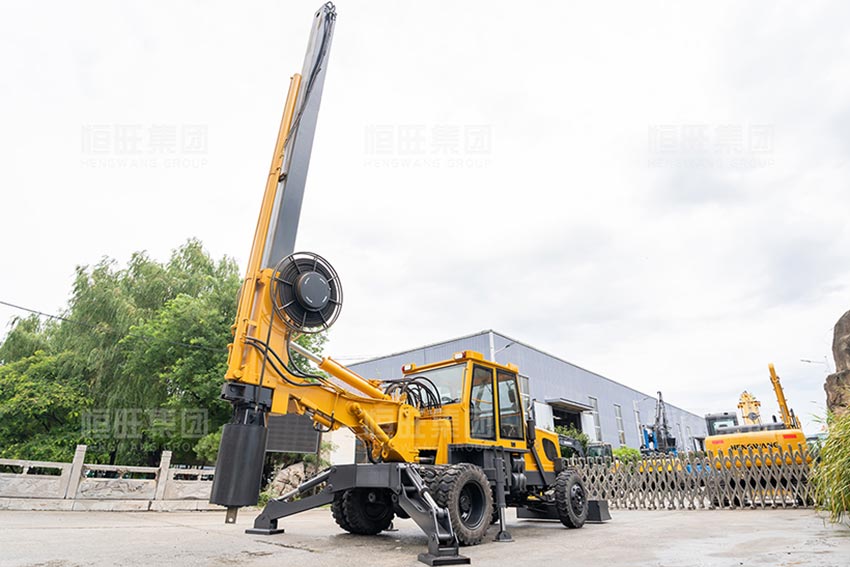
III. Techniques to Improve Efficiency in High-speed Rail Piling Work
(1) Optimized Drill Tool Combinations
Recommended combinations for different strata:
Silt layer: Double-bottom sand bucket + auger
Gravel layer: TCI barrel drill + short rock auger
(2) Intelligent Construction Applications
Achieves the following via BeiDou positioning:
Automatic pile alignment (error <2cm)
Real-time drilling depth alerts
(3) Green Construction Solutions
Adopted in High-speed Rail Piling Work:
Mud circulation and purification systems
Noise shields (<65dB)
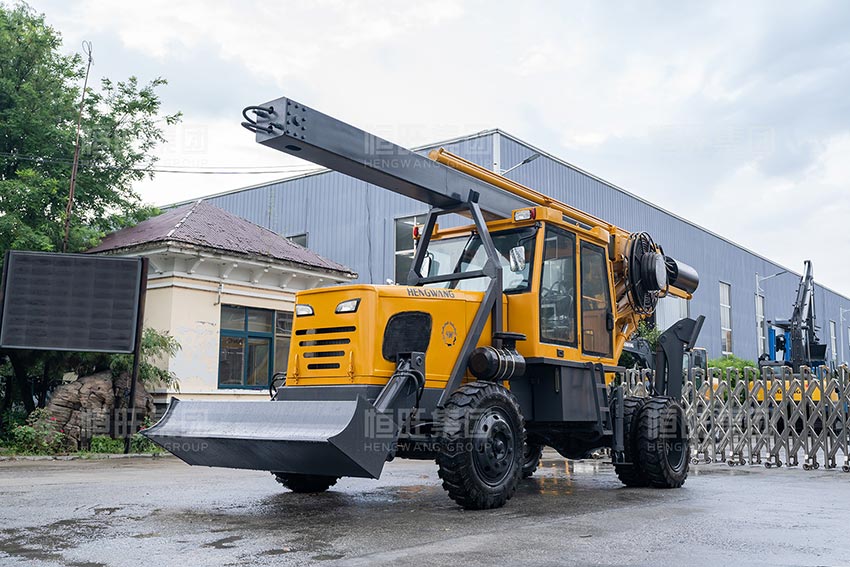
IV. Case Study: Rotary Drilling Rigs Empower High-speed Rail Piling Work
Project: Gu'an section of the Beijing-Xiong'an intercity railway
Challenges:
Required penetration through three layers of gravel and mudstone interbeds
Construction just 15m from existing tracks
Solutions:
Used the HWR-35 crawler-locking rotary drilling rig with optimized drill tools
Implemented "skip-piling" (every third pile)
Installed sensors to monitor existing track displacement
Results:
Completed 428 piles 18 days ahead of schedule
100% verticality compliance rate
Conclusion
In the specialized field of High-speed Rail Piling Work, where precision and speed are equally critical, rotary drilling rigs continue to demonstrate irreplaceable value through technological innovation. We provide end-to-end solutions from equipment selection to process optimization, supporting the global expansion of China's high-speed rail.
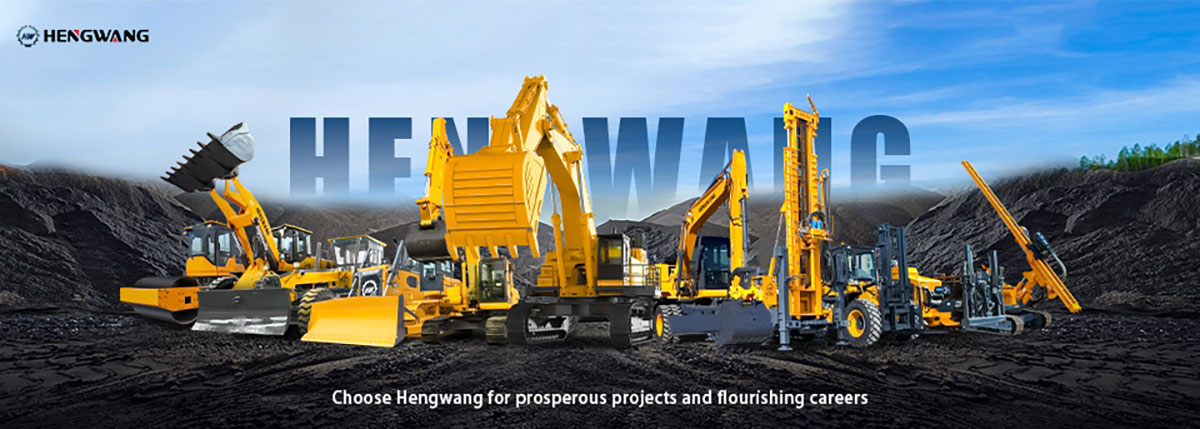
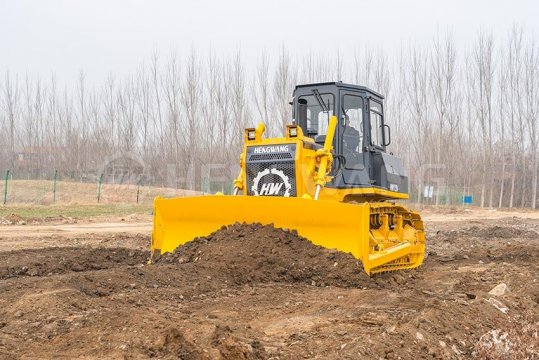 Bulldozer Blade Types: Core Configuration for Adapting to Different Operating Scenarios
Bulldozer Blade Types: Core Configuration for Adapting to Different Operating Scenarios
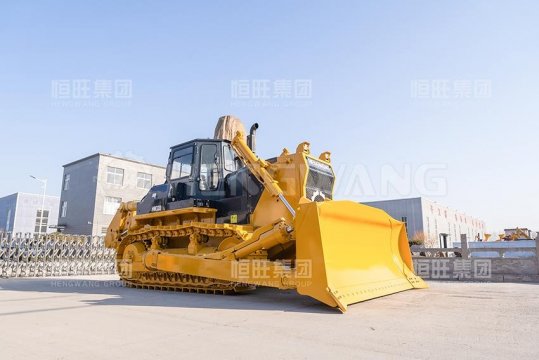 Swamp bulldozer: An Efficient Solution for Operations in Muddy Environments
Swamp bulldozer: An Efficient Solution for Operations in Muddy Environments
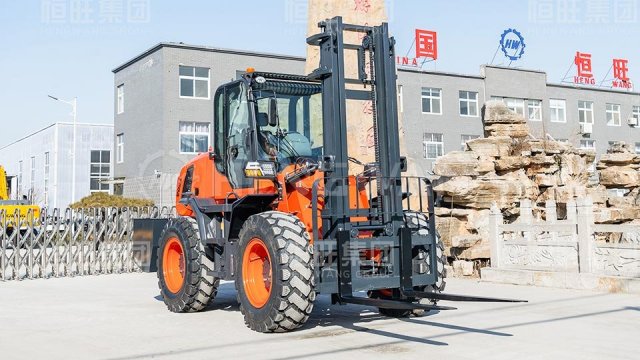 Rough terrain forklift with highest load capacity: A High-performance Solution for Heavy-duty Outdoor Operations
Rough terrain forklift with highest load capacity: A High-performance Solution for Heavy-duty Outdoor Operations